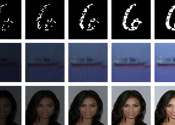A model that can realistically insert humans into images
The recent advent of generative models, computational tools that can generate new texts or images based on the data they are trained on, opened interesting new possibilities for the creative industries. For example, they ...









